Drop City was a short-lived but legendary commune founded in 1965 near Trinidad, Colorado. Conceived as a “total living environment,” it became a prototype for experimental dwelling, anarchic media practice, and countercultural architecture. Its geodesic domes and zonohedra, improvised from salvaged car roofs and industrial scraps, shimmered on the plains as both sculpture and shelter.
At the heart of Drop City was a radical ethos of making otherwise. The residents called it “creative scrounging”:
We have discovered a new art form: creative scrounging. We dismantle abandoned bridges by moonlight. We are sort of advanced junkmen taking advantage of advanced obsolescence. Drop City was begun without money, built on practically nothing. None of us is employed or has a steady income. Somehow we have not gone hungry, or done without materials. Things come to us.
America, the most affluent waste society. There is enough waste here to feed and house thousand works of art. To the townspeople in Trinidad, five miles away, we are scroungers, bums, garbage pickers. They are right. Perhaps the most beautiful creation in all Drop City is our junk pile. The garbage of the garbage pickers.
Though it dissolved within a decade, Drop City remains an emblem of utopian experiment and material refusal. It showed how architecture could emerge not from capital or mastery, but from scavenging, improvisation, and collective life. Its legacy lives on in alternative pedagogies, autonomous media, and the ongoing question of how to build with what a culture throws away.
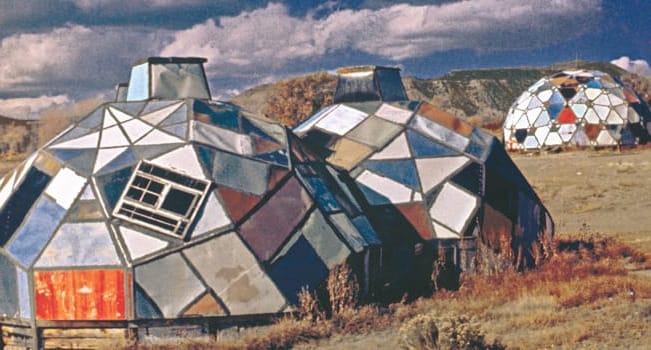
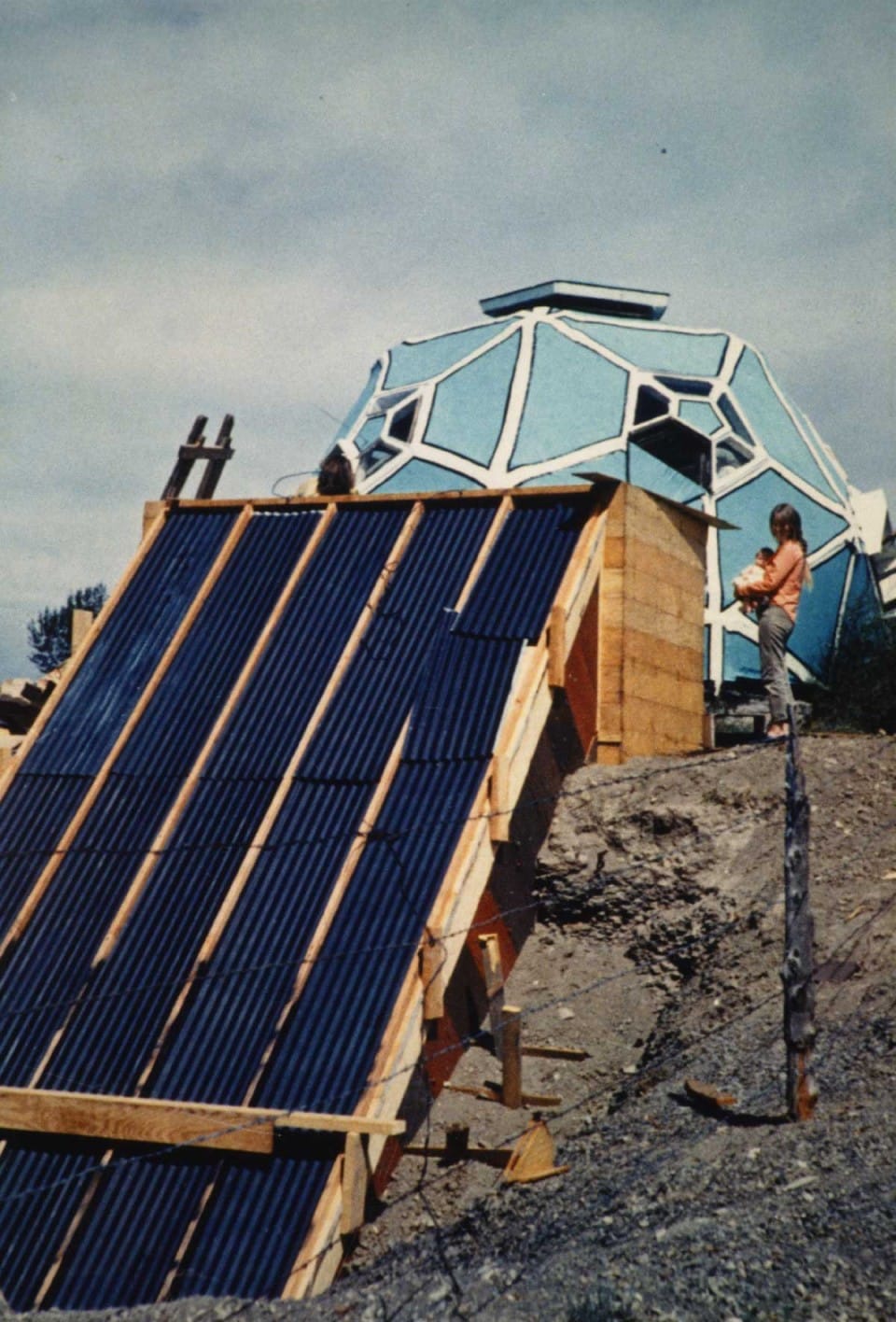
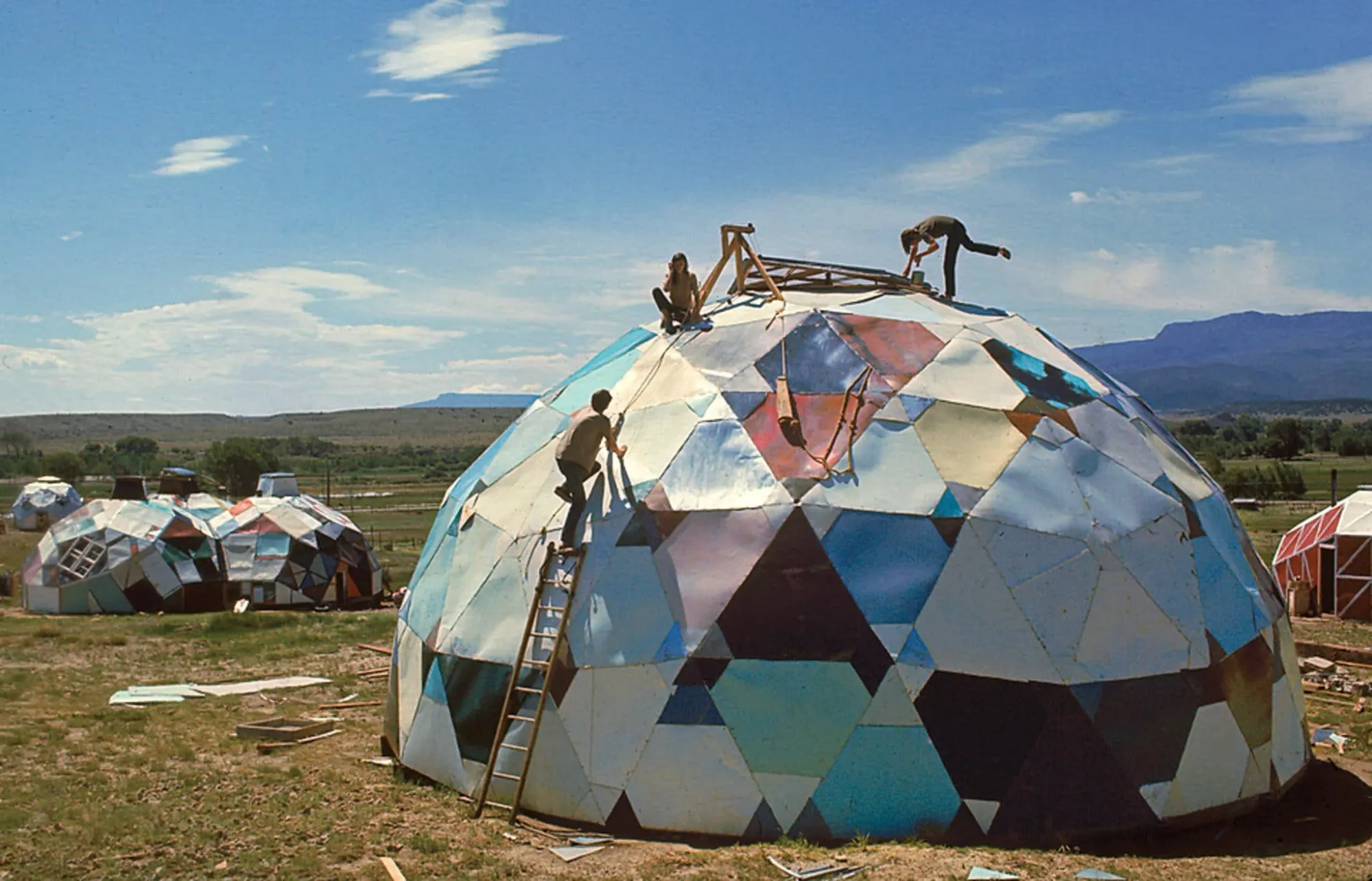
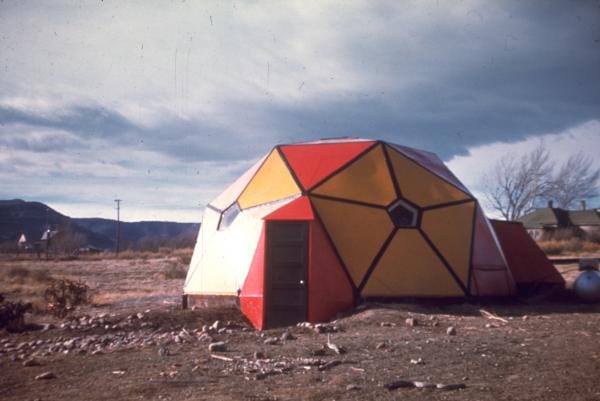
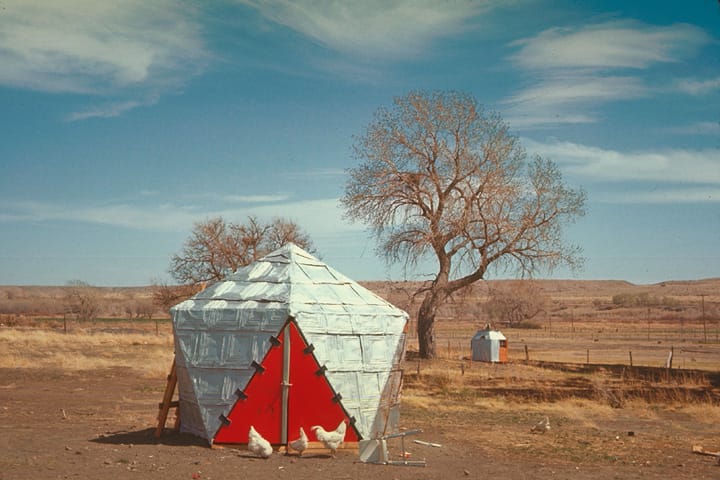
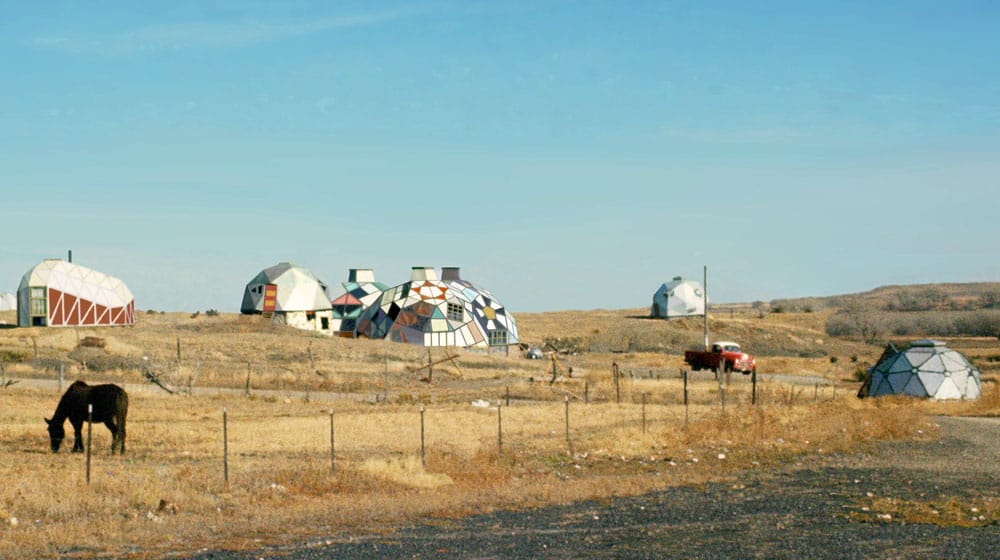
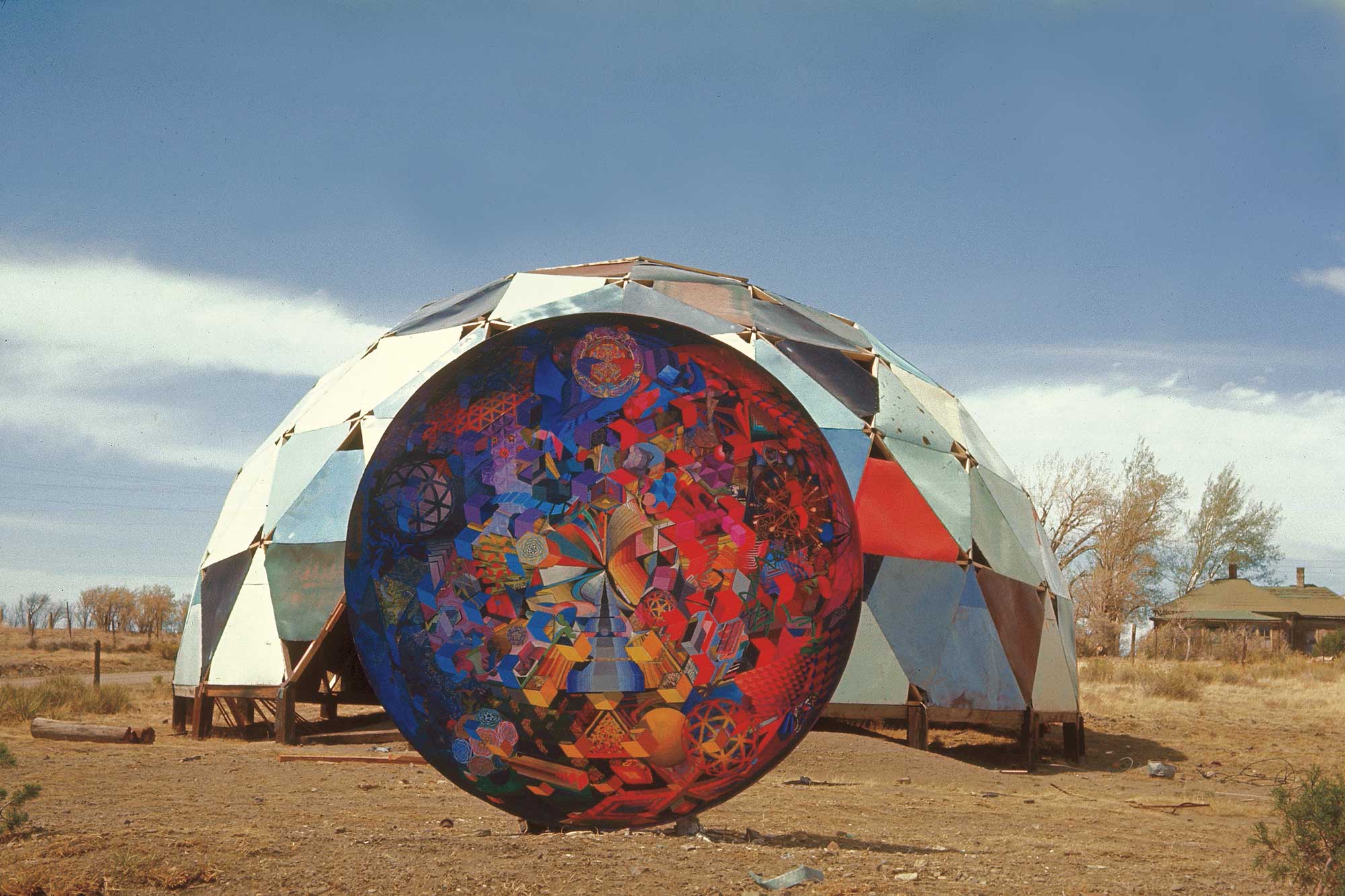
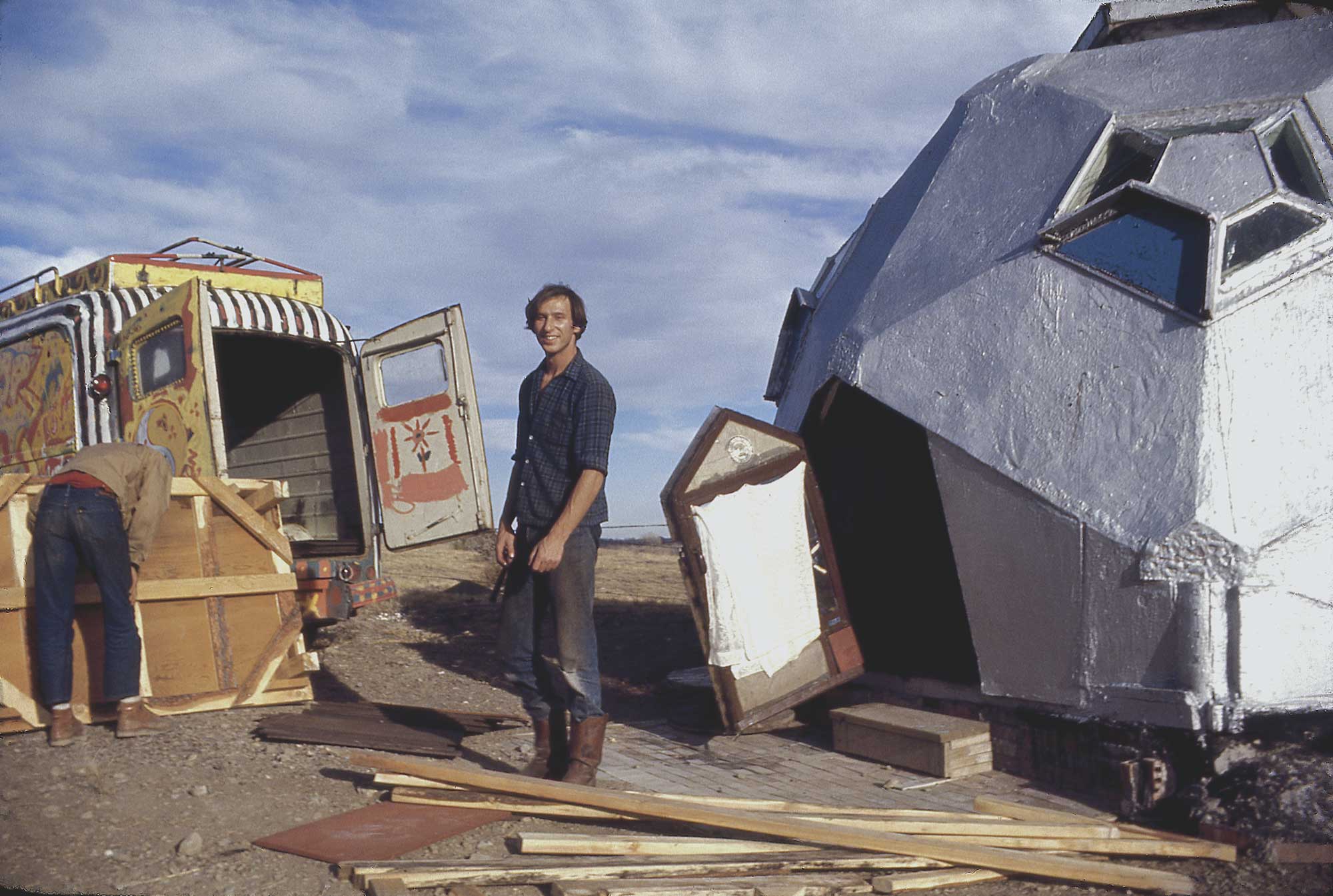
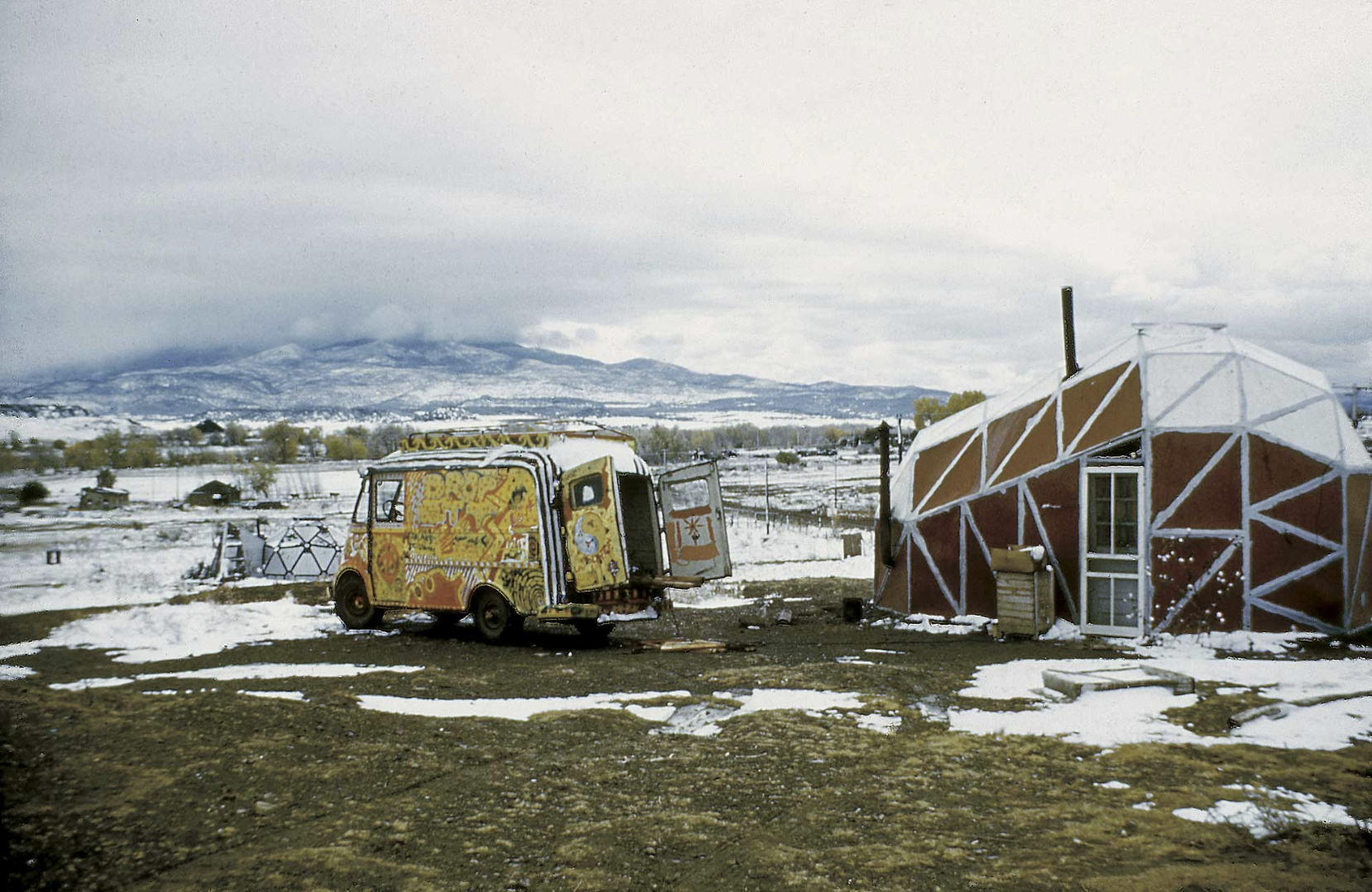
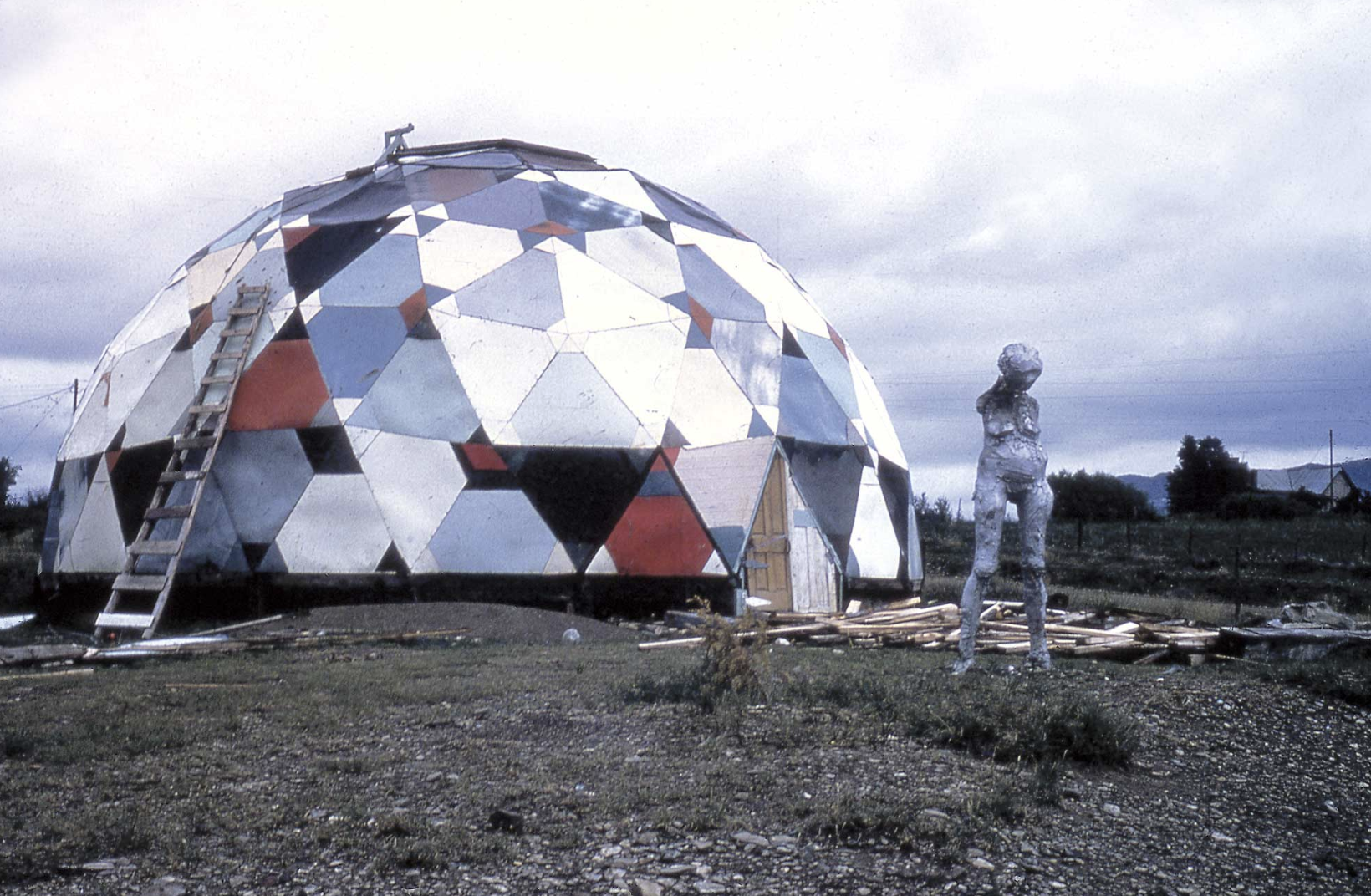
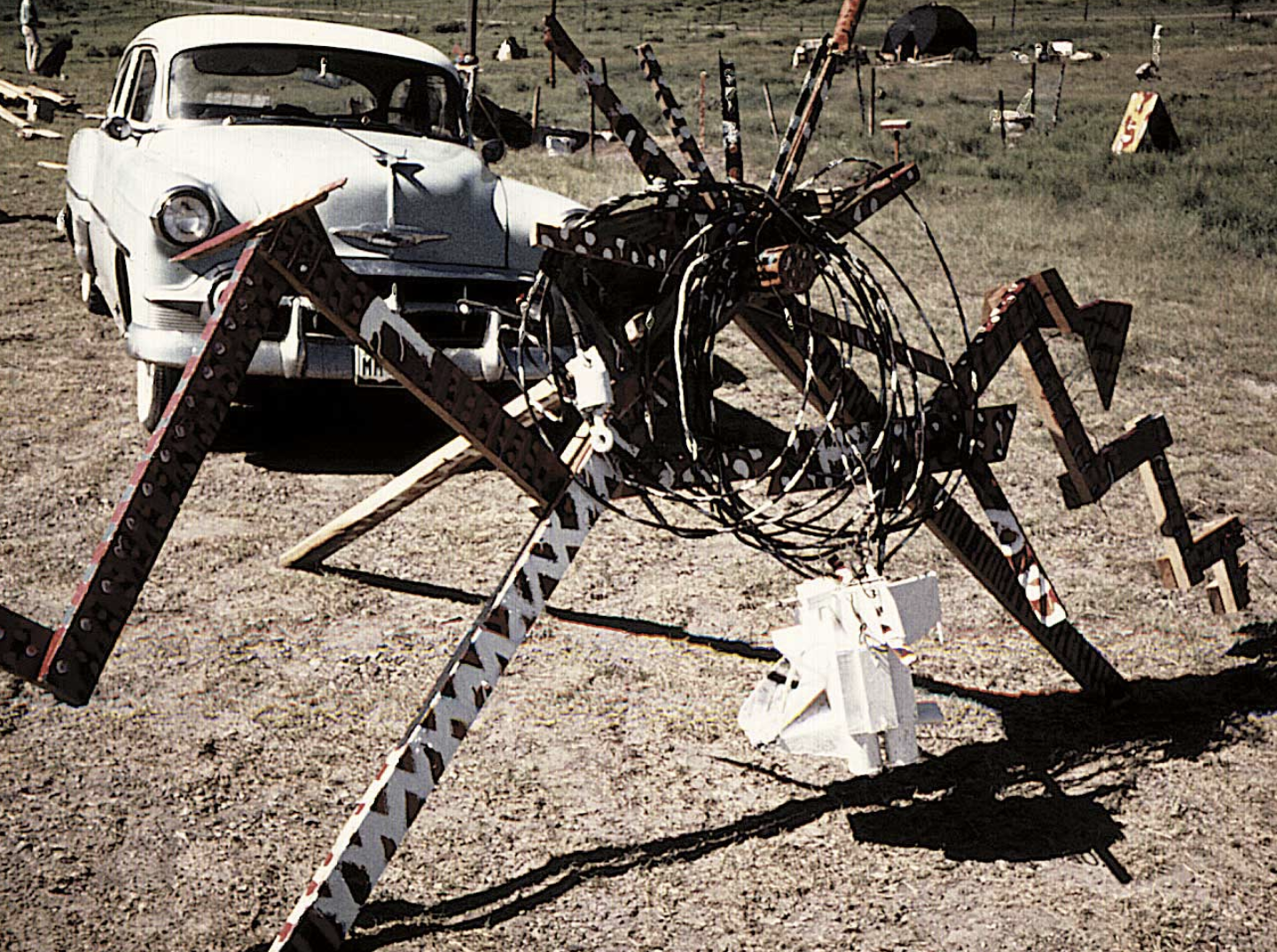
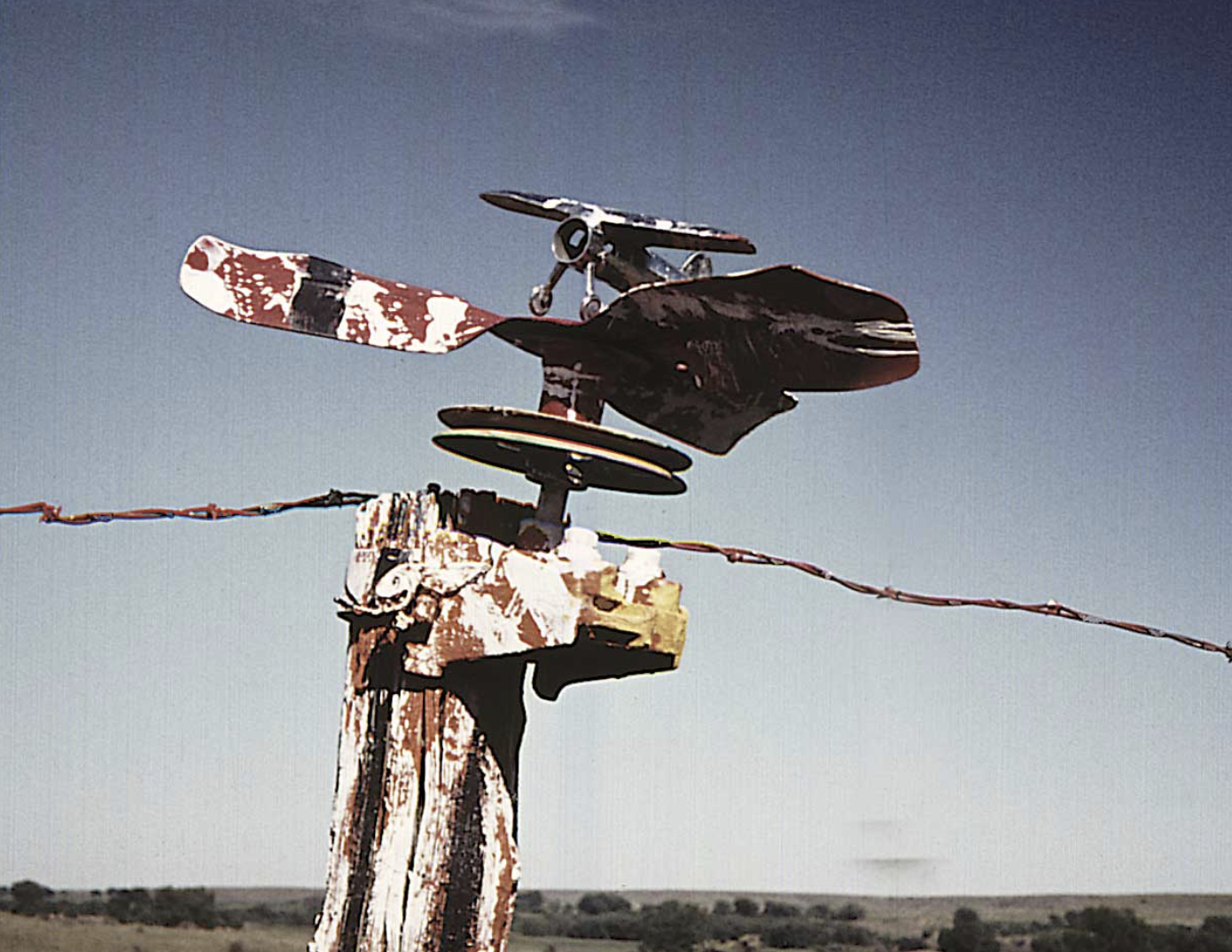
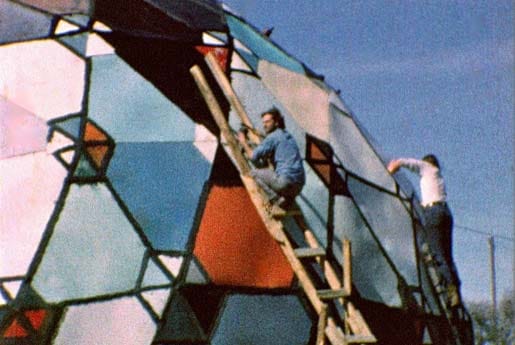
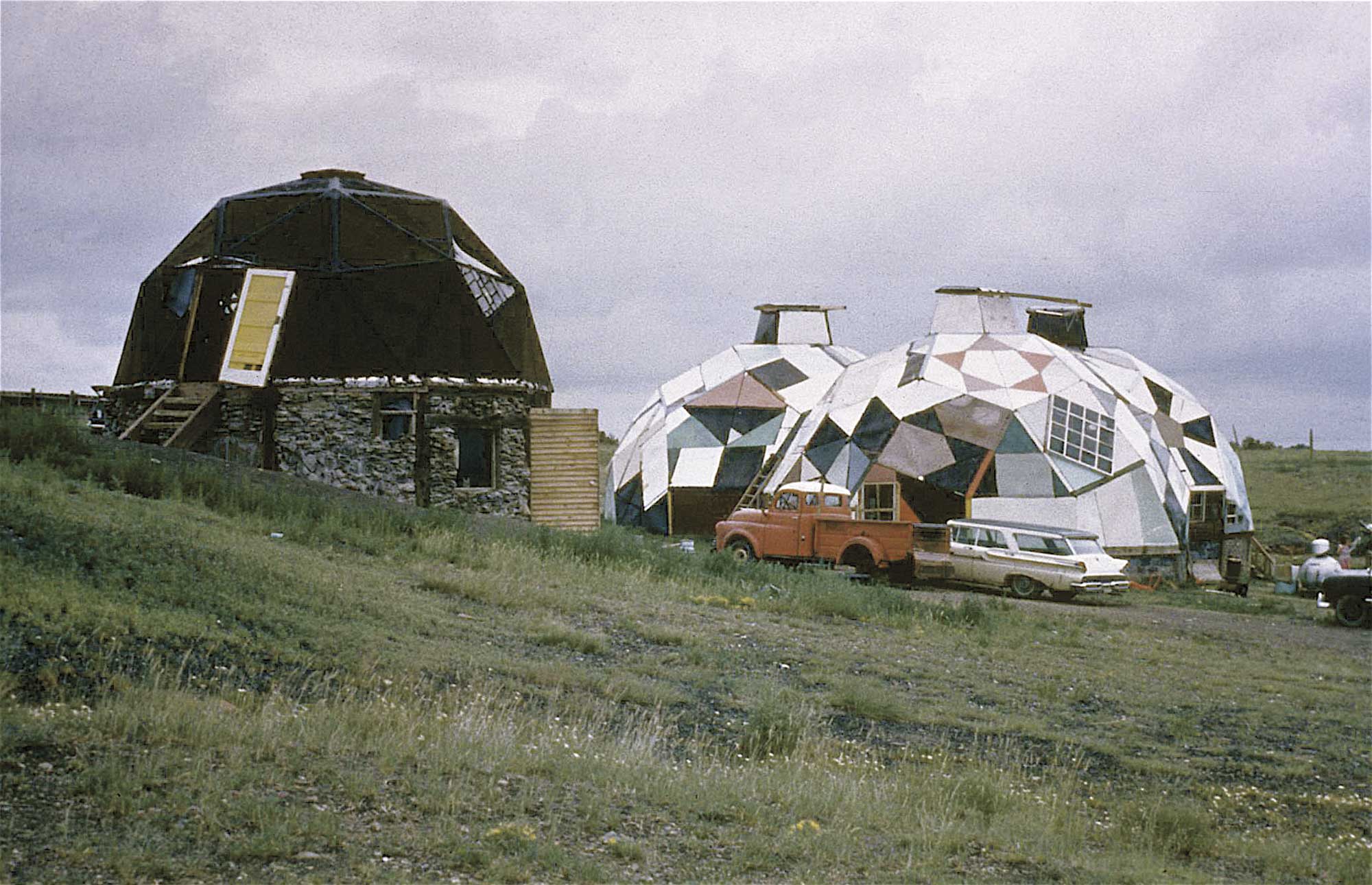
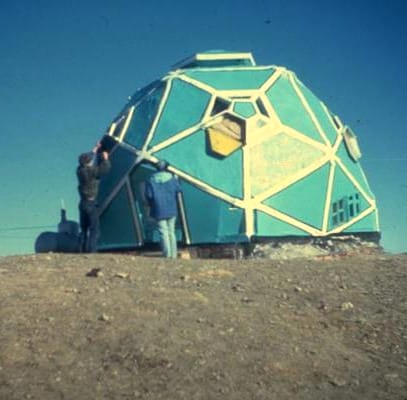
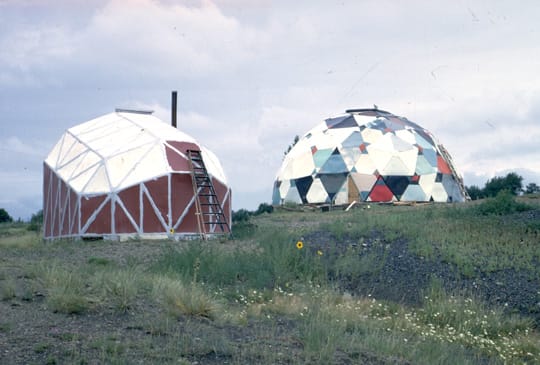
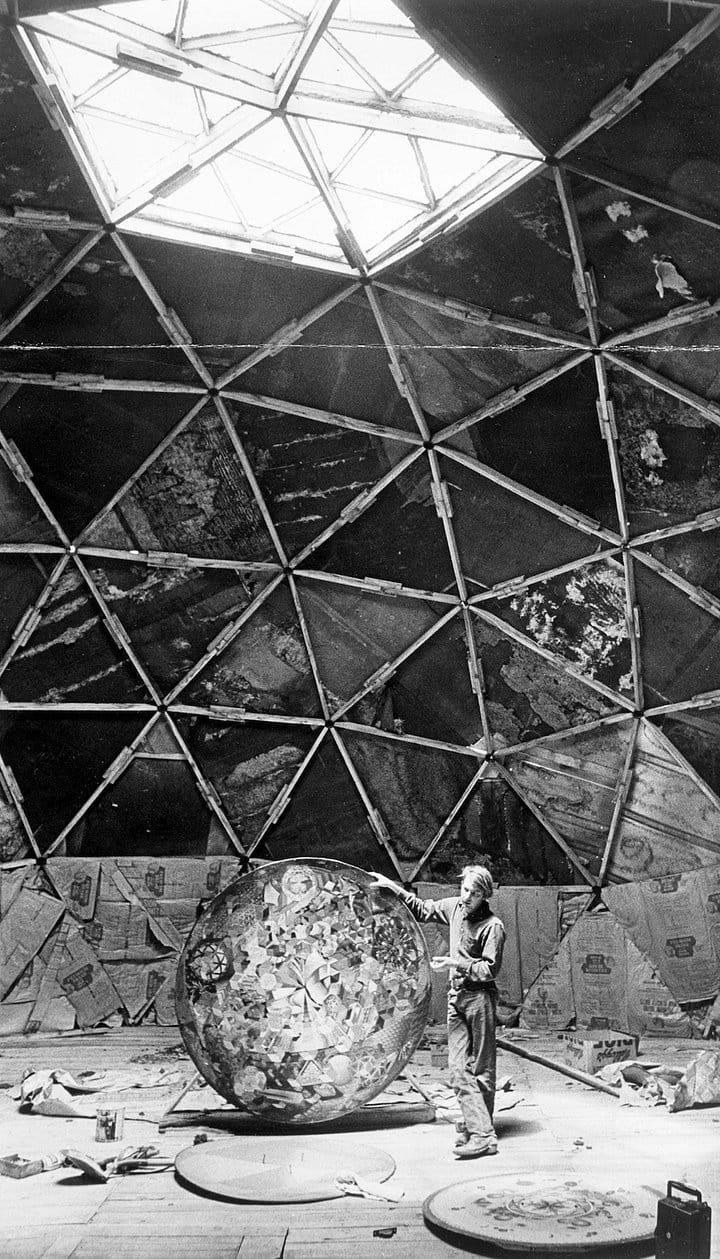
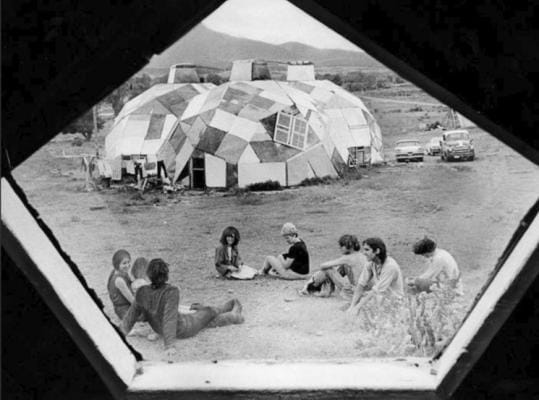
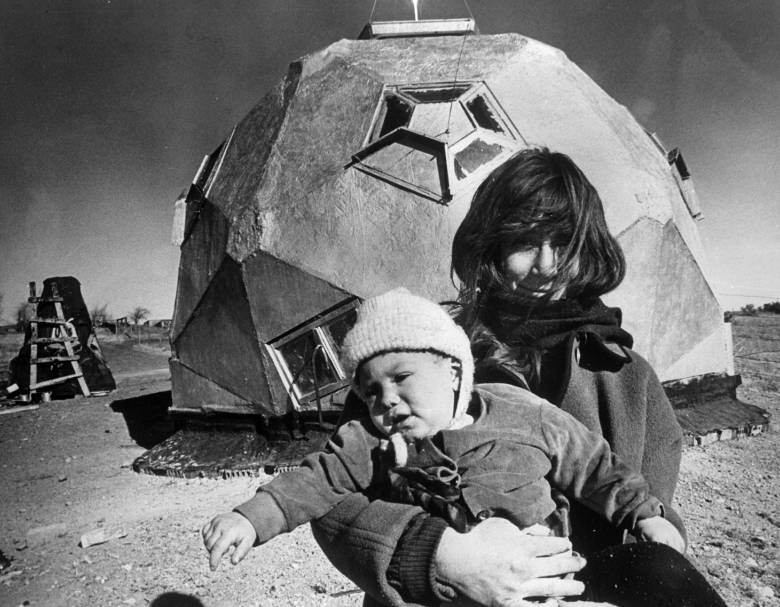
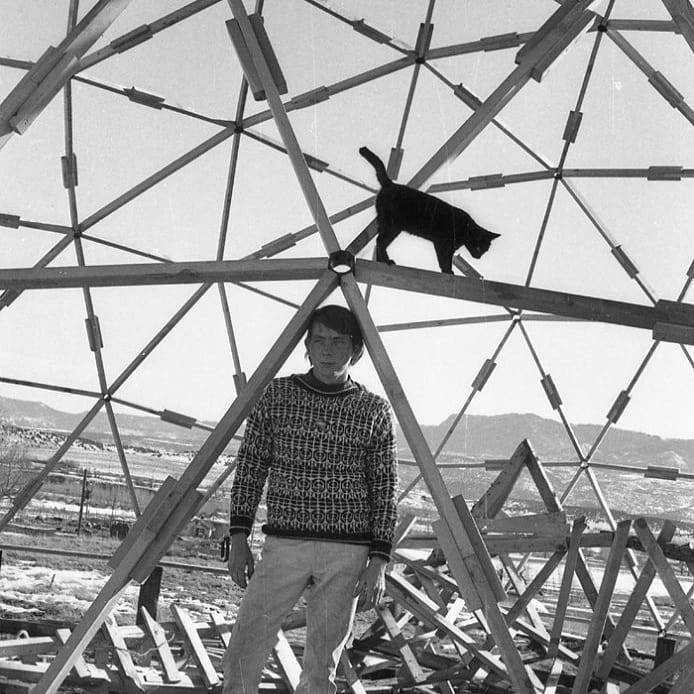
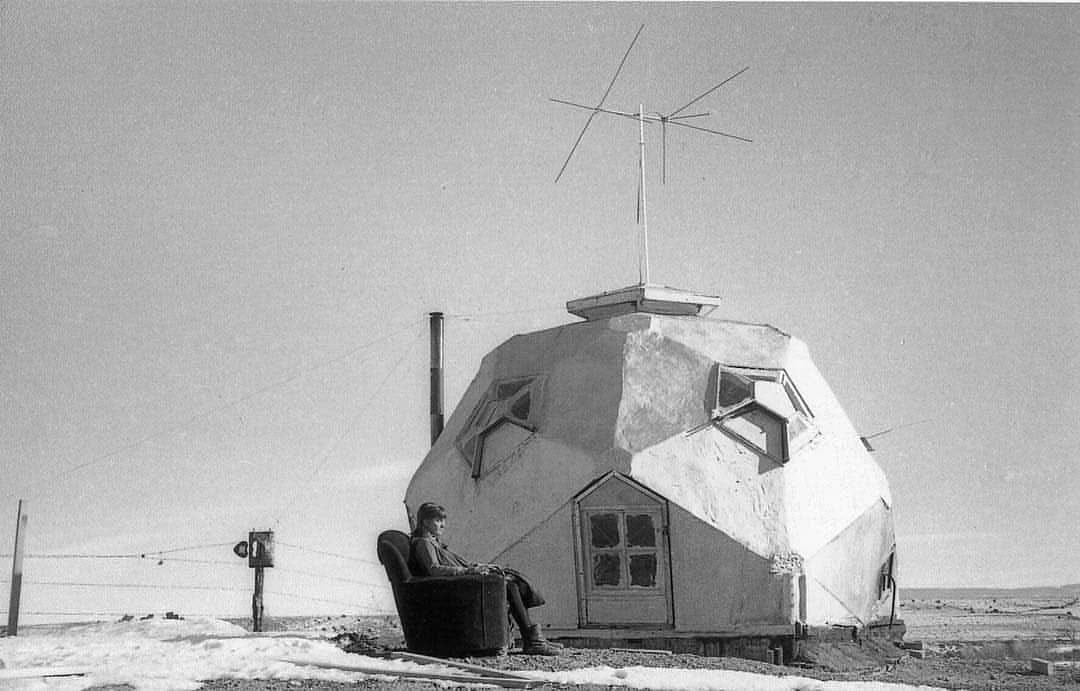
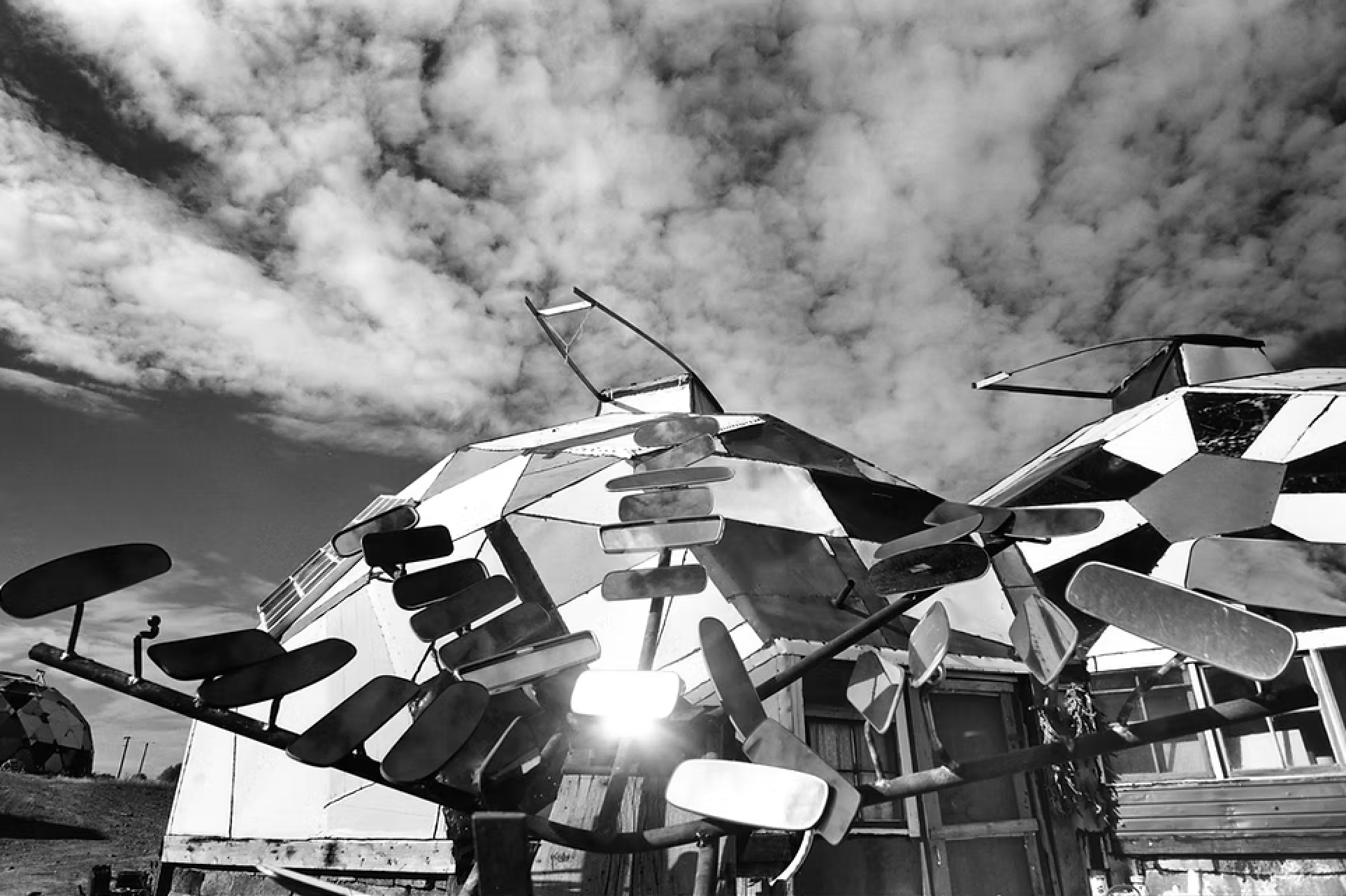
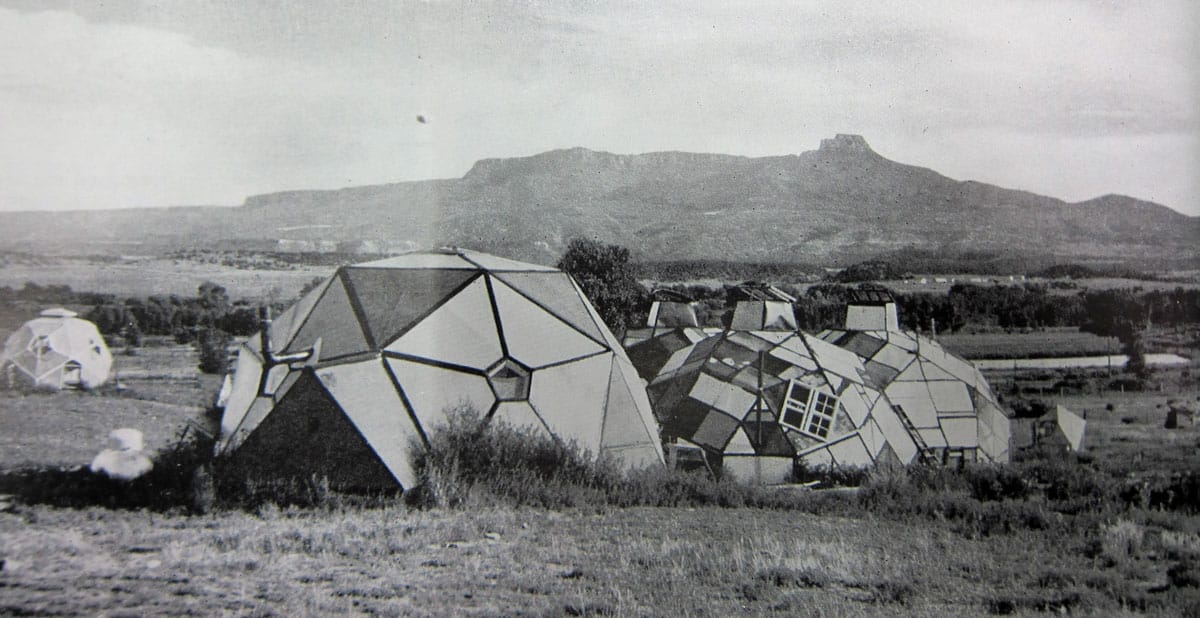
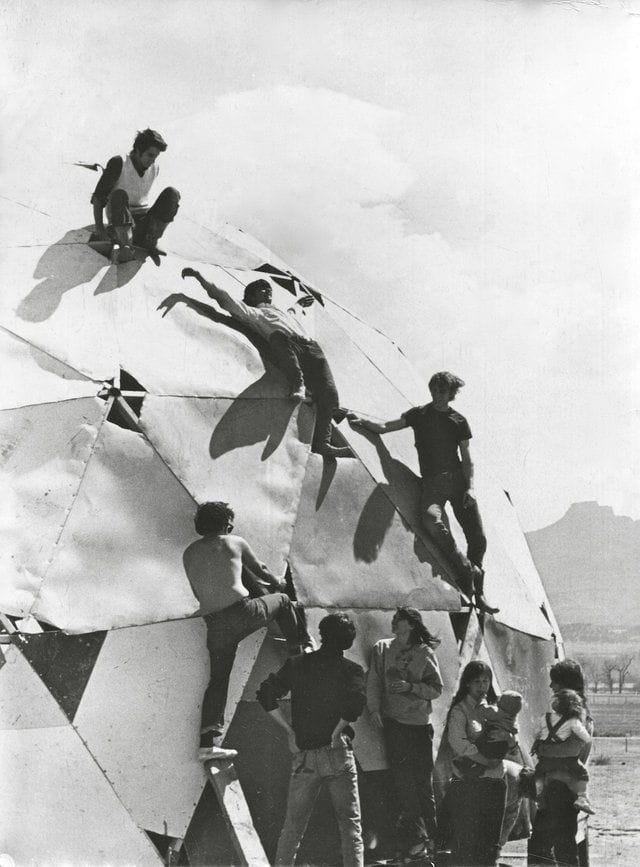
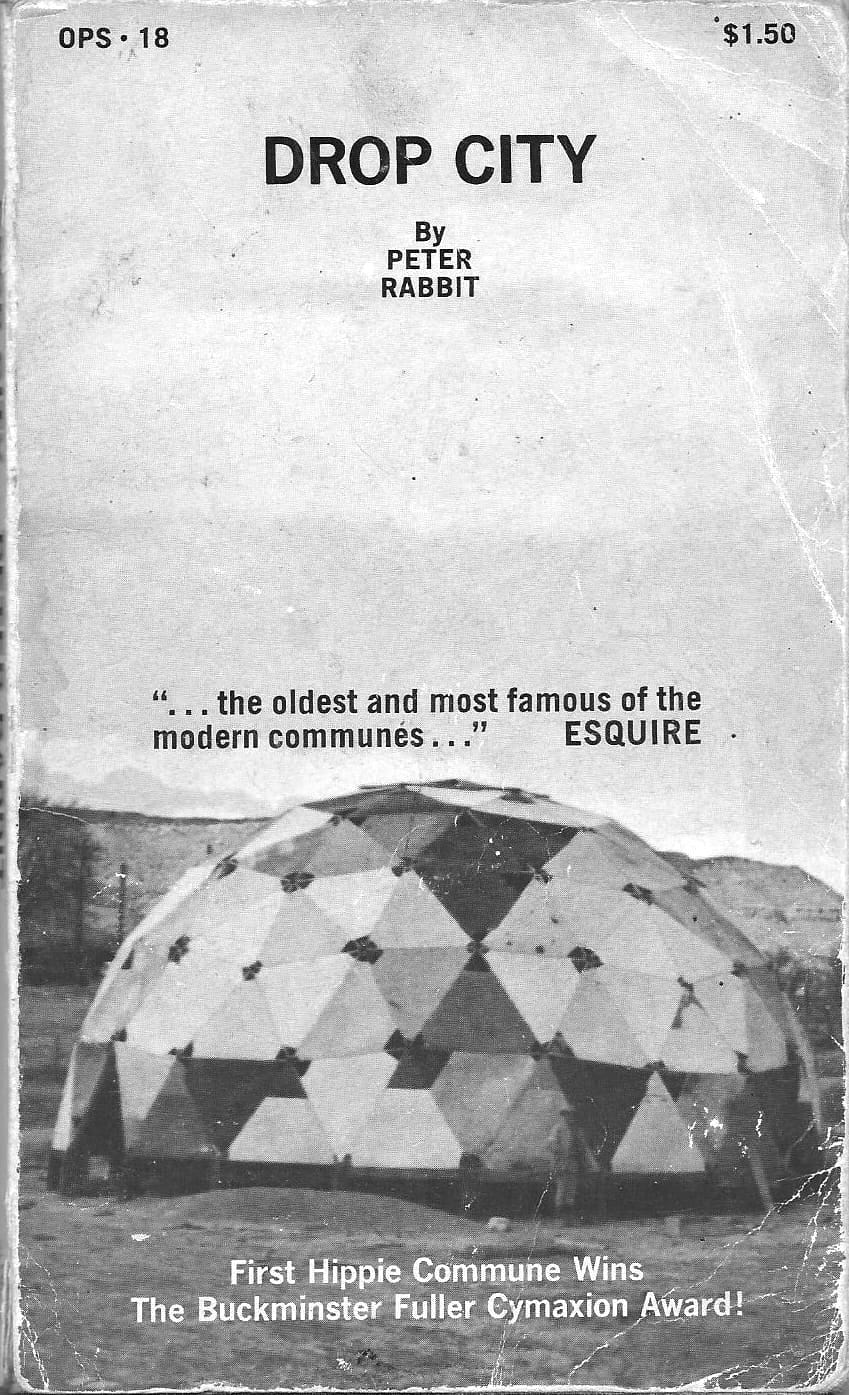
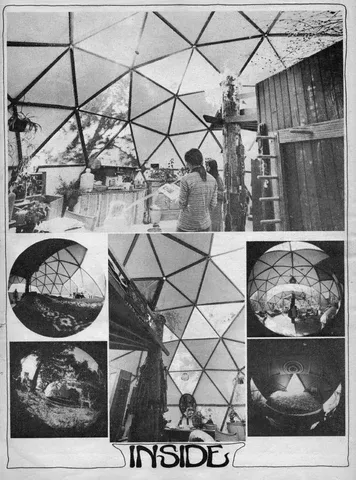
Images from Clark Richert and Western Art & Architecture.


